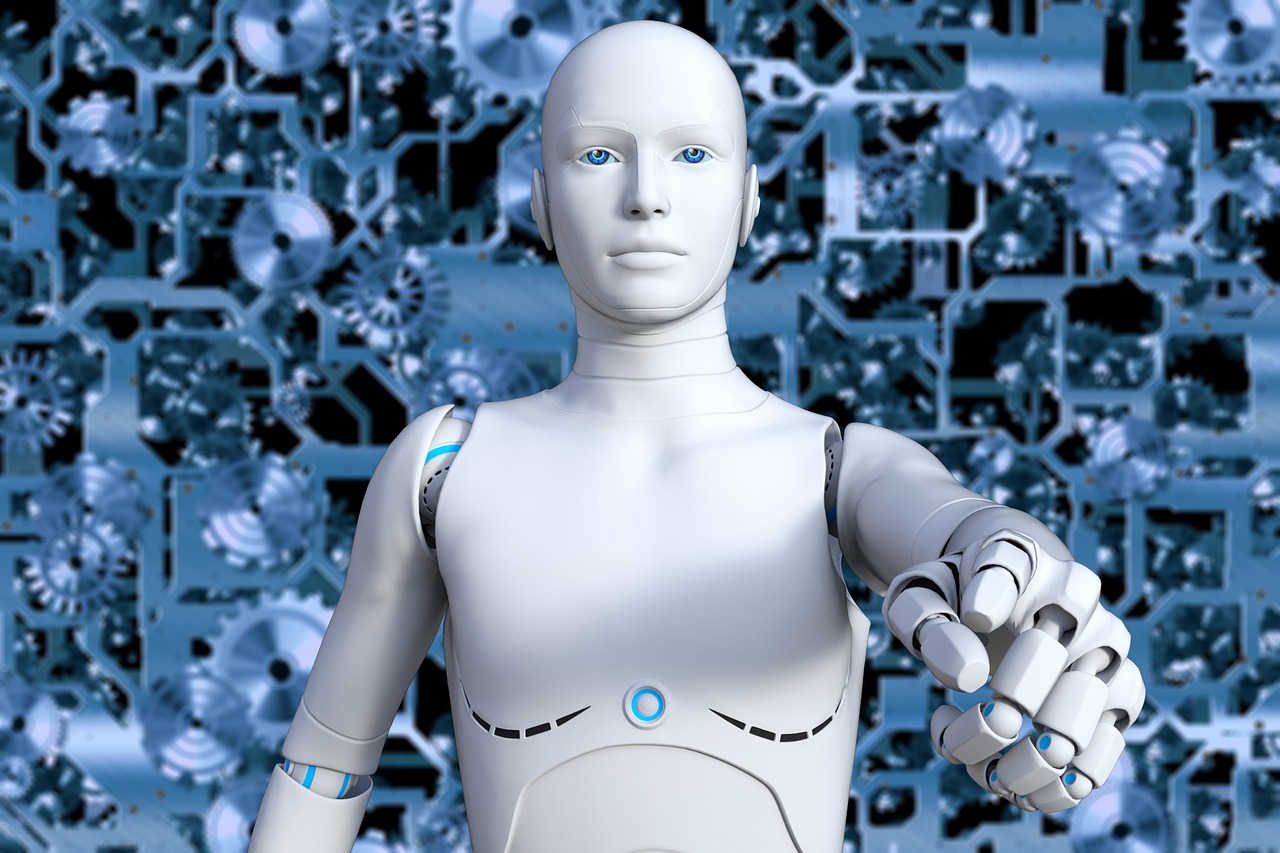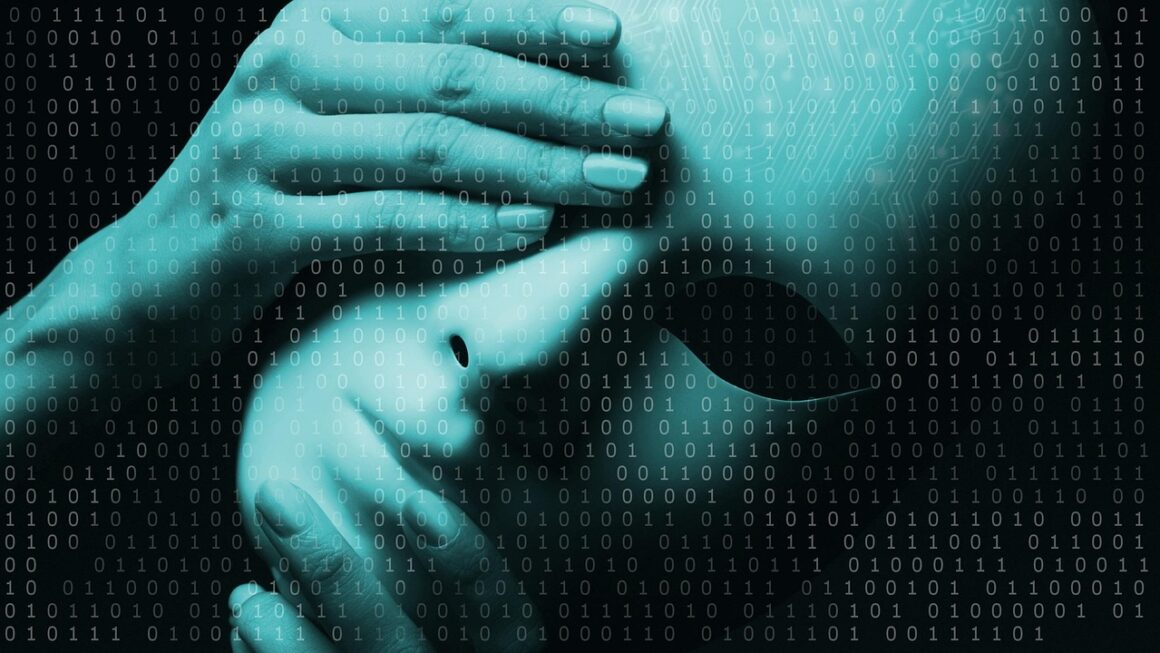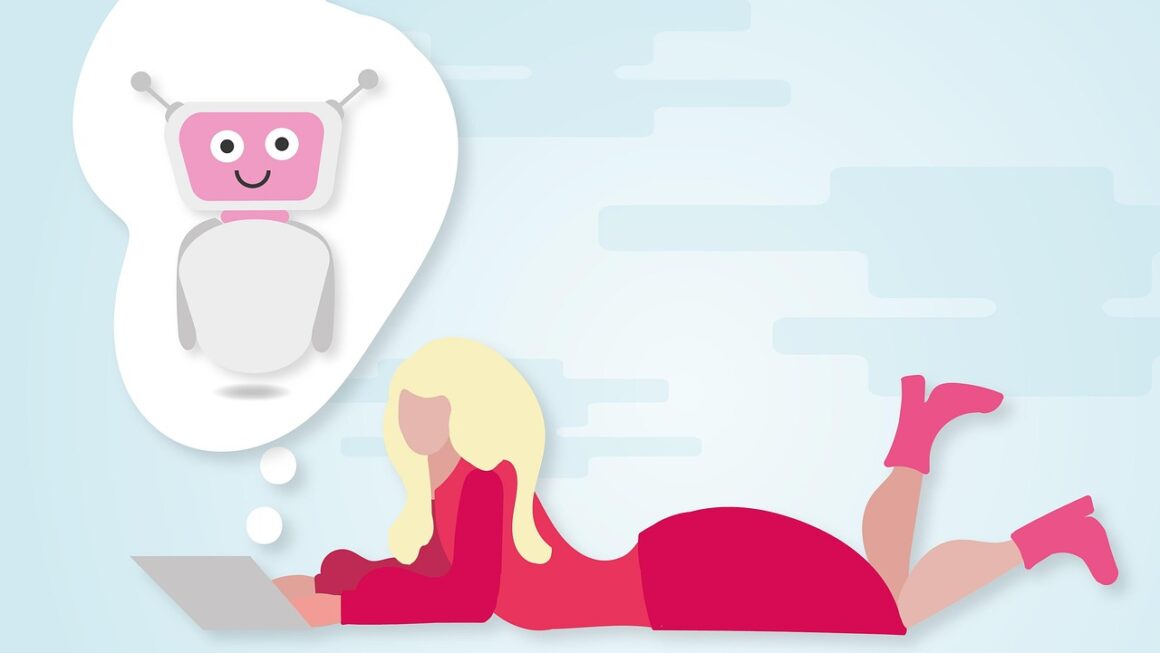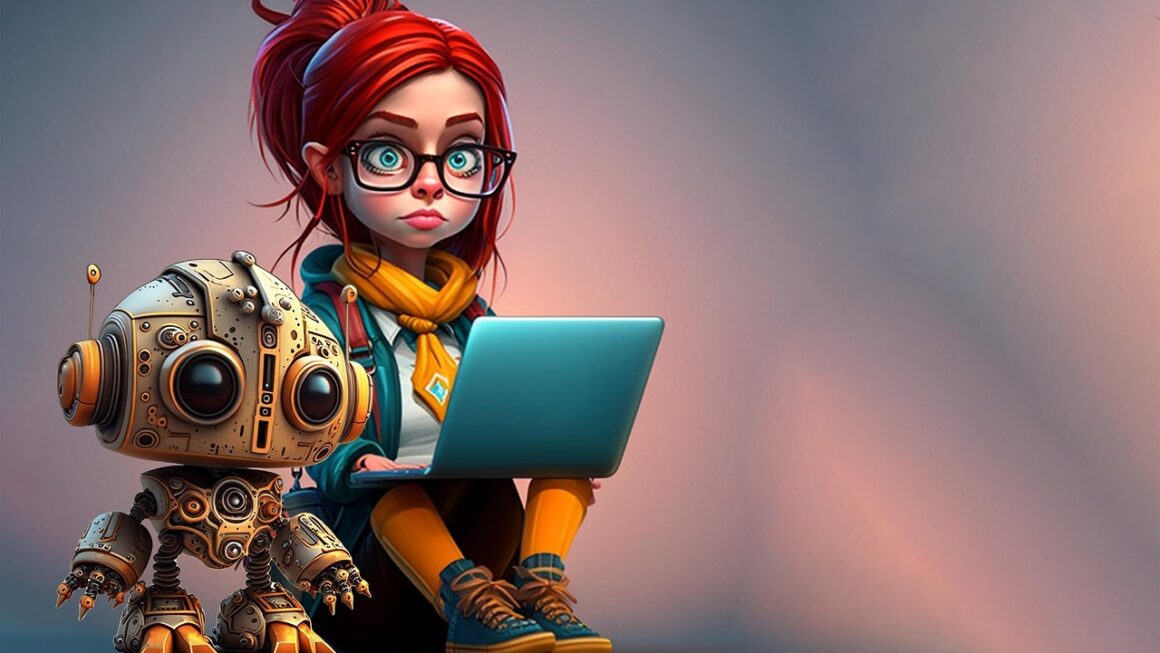Imagine a world where computers can “see” and understand the world around them, just like humans do. This isn’t science fiction; it’s the reality of computer vision, a rapidly evolving field transforming industries from healthcare to manufacturing and beyond. This blog post delves into the fascinating world of computer vision, exploring its core concepts, applications, and future trends.
What is Computer Vision?
Computer vision is a field of artificial intelligence (AI) that enables computers to “see” and interpret images and videos. It’s about enabling machines to extract meaningful information from visual inputs and then take actions or make recommendations based on that information. Think of it as giving computers the ability to “see” and understand the visual world.
Key Concepts in Computer Vision
- Image Recognition: Identifying objects, people, places, and actions within an image. This involves training algorithms on vast datasets of labeled images.
- Object Detection: Locating and identifying multiple objects within an image or video. This is more complex than image recognition because it requires determining both the object’s class and its location.
- Image Segmentation: Partitioning an image into multiple segments or regions. Each region contains pixels with similar characteristics, making it easier to analyze and understand the scene.
- Image Classification: Assigning a label to an entire image based on its content. For example, classifying an image as containing a “cat” or a “dog.”
- Video Analysis: Extracting information from video sequences, such as identifying moving objects, tracking their trajectories, and recognizing events.
The Difference Between Computer Vision and Image Processing
While often used interchangeably, computer vision and image processing are distinct. Image processing focuses on manipulating and enhancing images, for example, noise reduction or contrast adjustment. Computer vision, on the other hand, uses image processing techniques as a foundation to understand the content of the image and make decisions based on that understanding. Think of image processing as cleaning up a photo, and computer vision as understanding what’s in that photo.
How Computer Vision Works
Computer vision algorithms generally rely on a combination of techniques to analyze visual data. Here’s a simplified overview of the process:
Data Acquisition
The first step involves acquiring images or videos. This can be done using various sensors such as:
- Cameras: Traditional RGB cameras, thermal cameras, depth cameras (e.g., LiDAR)
- Medical Imaging Devices: X-ray machines, MRI scanners, CT scanners
Preprocessing
Preprocessing prepares the data for analysis. Common preprocessing steps include:
- Noise Reduction: Removing unwanted artifacts from the image.
- Image Resizing: Adjusting the image dimensions to a standard size.
- Contrast Enhancement: Improving the visibility of details in the image.
- Data Augmentation: Creating additional training data by applying transformations (e.g., rotations, flips) to existing images. This helps to improve the model’s robustness and generalization ability.
Feature Extraction
This stage involves identifying salient features in the image. Features are distinctive characteristics or patterns that help the algorithm differentiate between different objects or scenes. Common feature extraction techniques include:
- Edge Detection: Identifying boundaries between objects.
- Corner Detection: Locating points of interest in the image.
- Texture Analysis: Describing the visual patterns in the image.
- Deep Learning Features: Using convolutional neural networks (CNNs) to automatically learn features from the data.
Model Training and Inference
- Model Training: The extracted features are used to train a machine learning model. Popular algorithms include:
Convolutional Neural Networks (CNNs): Excellent for image recognition and object detection.
Recurrent Neural Networks (RNNs): Suitable for video analysis and sequence processing.
* Support Vector Machines (SVMs): Effective for image classification tasks.
- Inference: Once the model is trained, it can be used to analyze new images or videos. The model takes the input data, extracts features, and then makes a prediction or takes an action.
Applications of Computer Vision
Computer vision is transforming various industries, offering solutions to complex problems.
Healthcare
- Medical Image Analysis: Assisting doctors in diagnosing diseases from X-rays, MRIs, and CT scans. Computer vision can detect subtle anomalies that might be missed by the human eye. For example, detecting cancerous tumors in lung scans with high accuracy.
- Surgical Assistance: Providing real-time guidance to surgeons during operations, enhancing precision and reducing risks.
- Remote Patient Monitoring: Monitoring patients remotely through wearable devices and cameras, detecting falls, and alerting caregivers when needed.
Manufacturing
- Quality Control: Inspecting products for defects on assembly lines, ensuring high-quality standards. This can include detecting scratches, dents, or misalignments.
- Predictive Maintenance: Monitoring equipment for signs of wear and tear, predicting failures, and scheduling maintenance proactively.
- Robotics: Enabling robots to perform complex tasks in manufacturing environments, such as welding, painting, and assembling parts.
Retail
- Automated Checkout: Enabling customers to check out without scanning items manually, using computer vision to identify products in the shopping cart.
- Inventory Management: Tracking inventory levels in real-time using cameras and sensors, optimizing stock levels, and reducing waste.
- Customer Analytics: Analyzing customer behavior in stores, understanding their preferences, and personalizing their shopping experience.
Automotive
- Self-Driving Cars: Enabling autonomous vehicles to perceive their surroundings, navigate roads, and avoid obstacles. Computer vision is essential for detecting pedestrians, vehicles, traffic lights, and other road features.
- Advanced Driver-Assistance Systems (ADAS): Providing features such as lane departure warning, automatic emergency braking, and adaptive cruise control.
- Driver Monitoring Systems: Monitoring the driver’s attention and detecting signs of fatigue or distraction.
Agriculture
- Crop Monitoring: Monitoring crop health and detecting diseases early, enabling farmers to take timely action. Using drones equipped with cameras to analyze crop health and identify areas that need attention.
- Precision Farming: Optimizing irrigation, fertilization, and pesticide application based on real-time data about crop conditions.
- Autonomous Harvesting: Enabling robots to harvest crops automatically, reducing labor costs and increasing efficiency.
Challenges and Future Trends
While computer vision has made significant strides, there are still challenges to overcome.
Challenges
- Data Requirements: Training computer vision models requires large amounts of labeled data, which can be expensive and time-consuming to acquire.
- Computational Resources: Complex models require significant computational power, making deployment on resource-constrained devices challenging.
- Robustness: Computer vision systems can be sensitive to variations in lighting, weather, and other environmental factors.
- Ethical Considerations: Concerns about privacy, bias, and fairness in computer vision applications.
Future Trends
- Edge Computing: Processing data closer to the source, enabling real-time analysis and reducing latency.
- Explainable AI (XAI): Developing models that are more transparent and interpretable, making it easier to understand their decisions.
- Self-Supervised Learning: Training models on unlabeled data, reducing the need for expensive labeled datasets.
- Generative AI: Using generative models to create synthetic data, augmenting existing datasets and improving model performance.
- 3D Computer Vision: Enabling computers to understand and analyze 3D scenes, opening up new applications in robotics, augmented reality, and virtual reality.
Conclusion
Computer vision is a transformative technology with the potential to revolutionize industries and improve our lives in countless ways. From healthcare to manufacturing, retail to automotive, computer vision is already making a significant impact. As the field continues to evolve, we can expect even more innovative applications to emerge in the years to come. Embracing and understanding this technology is crucial for businesses and individuals alike to stay ahead in an increasingly visual world.




